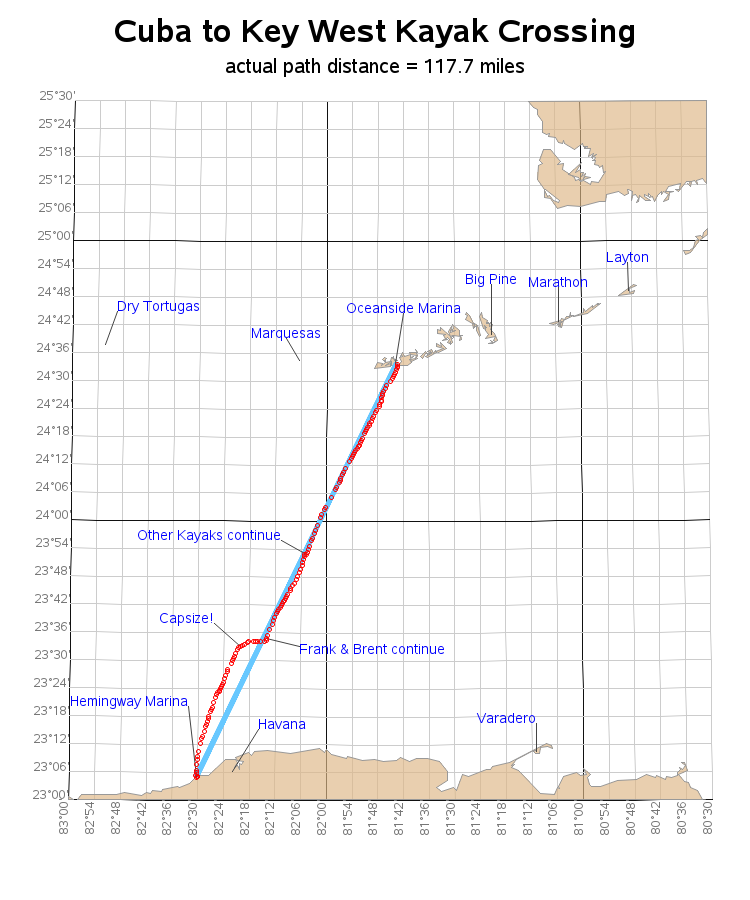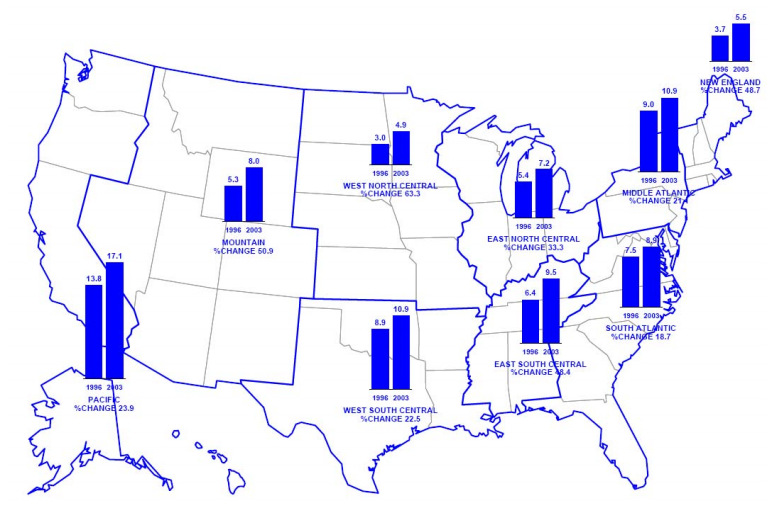

Prior studies have identified multiple other clinical factors, such as hemoglobin A1c, hypertension, serum creatinine, and estimated glomerular filtration rate (eGFR), as being closely associated with DME.

Surprisingly, despite being reported as an independent risk factor for progression of diabetic retinopathy by the Early Treatment Diabetic Retinopathy Study group, anemia has rarely been evaluated as a factor in other progression studies and has yet to be assessed with regards to therapeutic impact. Despite the correlation between ischemia and VEGF levels being well established, it is less clear if other mediators of oxygen delivery, namely, anemia, can influence VEGF levels and subsequently, the need for DME treatment. Vitreous VEGF levels have been found to be highly correlated to the presence of DME, demonstrating a distinct gradient within the vitreous cavity, with pre-macular levels being the highest in DME patients. In addition, as health care delivery pushes towards population health using “shared risk” models that link reimbursement with outcomes, both efficiency and effectiveness is expected.

With a reported prevalence of DME among diabetic patients in the US from 3%−10%, the ability to identify patients that may require more or less treatment is a critical issue. As recently as 2015, the three common intravitreal anti-VEGF agents used to treat DME have each individually accounted for over $1 billion in total United States (US) Medicare Part B expenditure. The success of intravitreal anti-vascular endothelial growth factor (VEGF) therapy for diabetic macular edema (DME) comes with a high burden of care including the costs of frequent patient visits, repeated treatments, and increasing stress on the overall healthcare system and patient alike.


 0 kommentar(er)
0 kommentar(er)
